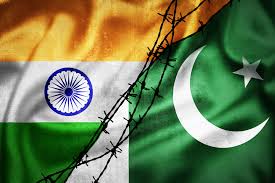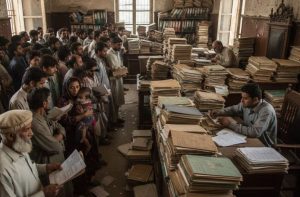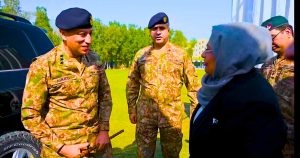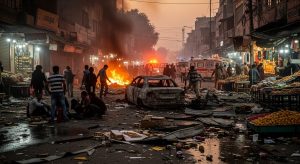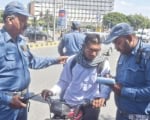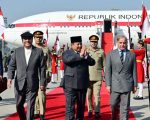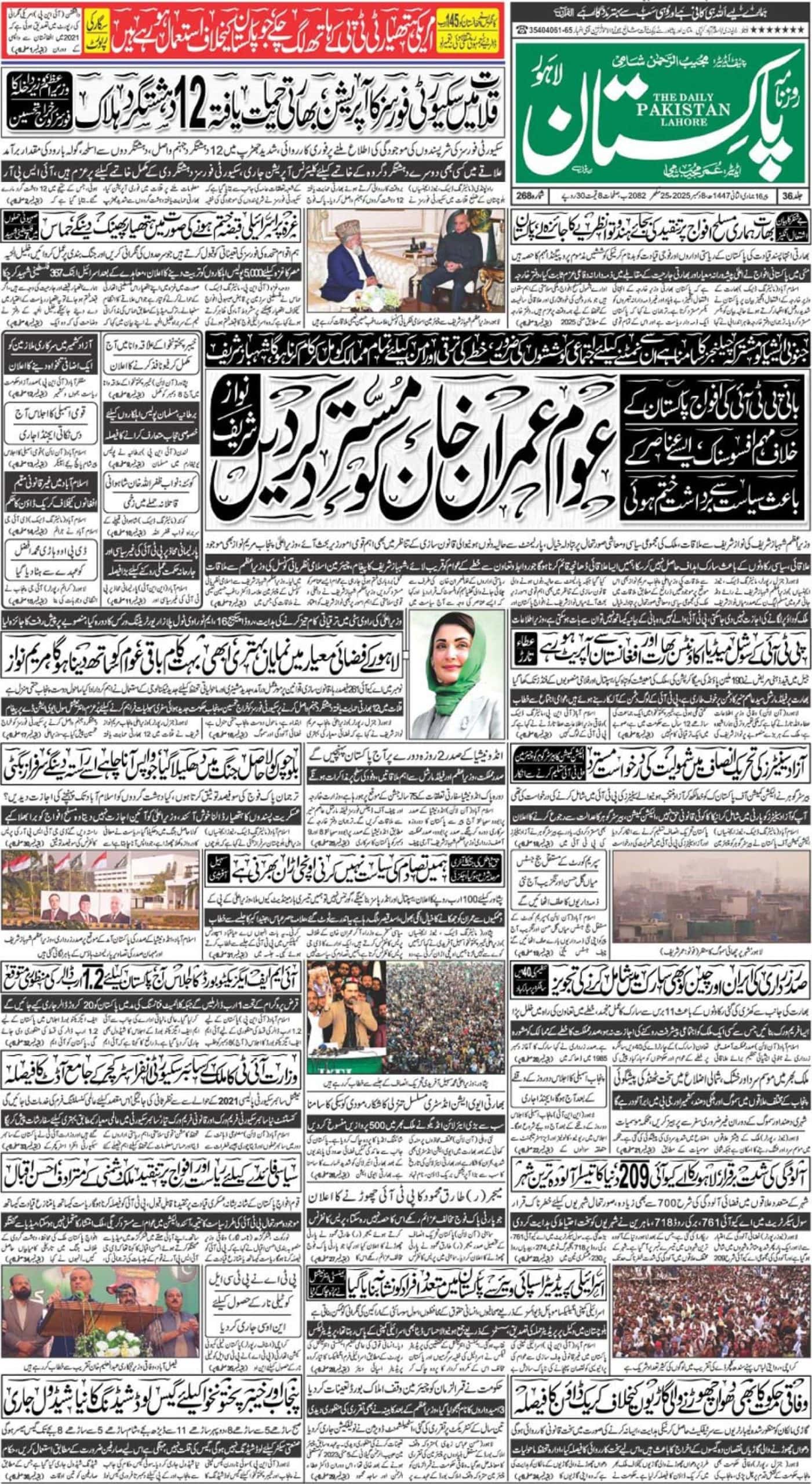Early May 2025 brought an unexpected sight to the stark, rugged expanses of Balochistan: a sea of humanity. More than ever recorded, over 200,000 Hindu pilgrims converged on the ancient Hinglaj Mata shrine. The sheer scale was astonishing, but looking closer, you could see it on their faces – this wasn’t just about numbers. It felt profound, like a long-held wish finally blooming, a shared breath of hope drawn together in that remote place. For three days, under the protective watch of the Pakistan Army, Frontier Corps, police, and local levies, these devotees travelled safely, allowing their spiritual journey to unfold in peace.
The sense of community was tangible. Coast Guard medical teams tended to thousands, while nearby, Muslim volunteer groups offered tireless hospitality, serving free bhandara (community meals) around the clock. In a powerful display of trust, local Muslim tribesmen guided unarmed pilgrims through challenging desert passes. This peaceful, record-breaking event wasn’t just about numbers; it felt like Pakistan showcasing a genuine commitment to religious freedom, allowing diverse faiths to flourish side-by-side.
Beyond Laws: Making Guarantees Real
Pakistan’s Constitution, in Article 20, guarantees every citizen the right to profess, practice, and propagate their religion. But promises on paper need to translate into lived reality. Federal Minister for Religious Affairs Sardar Yousaf frequently highlights concrete measures: reserved parliamentary seats for non-Muslims, a 5% federal employment quota, and dedicated scholarships for minority students. These aren’t mere tokens; they aim to provide tangible pathways and protections.
A poignant example is the Baoli Sahib temple in Narowal. After 64 years of neglect, 2025 saw the Evacuee Trust Property Board allocate Rs 10 million for its restoration, a significant move reported by Dawn. This wasn’t isolated; it followed other government-funded grants for Hindu, Sikh, Christian, and Parsi institutions, reinforcing the idea that minority welfare is a national priority. And this wasn’t just a recent impulse. People saw this same care back in 2022 when the stunning Katas Raj temple complex was brought back to life, followed by the meticulous renovation of Gurdwara Panja Sahib in 2023. When communities see these sacred spaces restored, it’s more than just preserving history or fixing stone; it feels deeply personal, like patiently mending old wounds, rebuilding connections, and restoring trust, one careful step at a time. As President Zardari noted at a 2024 Holi reception, “We are a mosaic of faiths; preserving our shared past is an investment in our collective future.”
Everyday Harmony: The True Fabric of Society
The strongest bonds are often formed through policy and personal connections. In Karachi, Sikh and Christian families join Hindu friends for Holi celebrations. Christian choirs might lend their voices to Eid gatherings in Islamabad. In rural Sindh, Muslim farmers might quietly pause their work while Hindu neighbours complete morning worship.
Shyam Lal, a Hinglaj festival organizer, told The News, “This pilgrimage belongs to all Pakistanis—it shows the true face of our nation.” Actor Javed Sheikh humorously mentioned his annual Holi-related back pain, endured simply “to stand with my Hindu brothers and sisters.” These everyday acts of solidarity, woven into daily life, speak volumes. Younger Pakistanis carry this torch online too. Hashtags like #MyPakistanMyPride feature videos of Muslim, Christian, and Hindu youth celebrating each other’s festivals – a Muslim doctor wishing Hindu colleagues a joyful Diwali, a Hindu teacher sending Eid greetings. These viral snippets reflect a deepening acceptance of pluralism.
Voices of Belonging
The gratitude for these efforts is often voiced openly. Pandit Ramesh Kumar, president of the Pakistan Hindu Council, shared with The Express Tribune, “Every time I walk into my reconstructed temple, I feel the embrace of my country.” Christian bishop Samuel John thanked authorities for land grants to rebuild churches damaged in past conflicts. These gestures form part of a sustained effort to ensure every faith community feels seen and protected.
This sense of belonging is echoed by ordinary citizens. Karachi shopkeeper Dinesh Kumar told Al Jazeera, “I have never felt like an outsider here—I am as Pakistani as anyone.” At Hinglaj, priests thanked officials for facilitating their worship safely. Even Sanam Chand, running for office internationally, affirmed to BBC Urdu, “My faith is my strength; my loyalty is to Pakistan.” At Lahore University, a student mosaic titled “One Nation, Many Beliefs” captures this sentiment with words like “Home,” “Hope,” “Brotherhood,” “Freedom.”
A Shadow Falls Across the Border
In sharp contrast, the narrative emerging from India over the past five years paints a concerning picture regarding religious freedom. Reports document highway vigilantism where “cow protection” mobs target travelers, particularly Muslims, demanding Aadhaar identification, often leading to violence regardless of compliance, as noted by Reuters. Specific incidents haunt the headlines: a disabled vendor in Uttar Pradesh beaten despite having papers; two Muslim laborers in Nashik tortured, one fatally. Human Rights Watch tallied 28 lynchings of minorities during India’s 2024 election campaign, including 12 Muslim men and a Christian woman. Critics argue harsh rhetoric from some leaders has emboldened extremist elements.
Fractures Deepen: States in Unrest
This climate of fear appears to be fueling instability and separatist sentiments across several Indian states. Look at Punjab, where talk of Khalistan resurfaces, fed by genuine fears over desecrated gurdwaras and worries about forced conversions eroding their identity. Then witness the raw grief in Manipur, caught in horrific violence between Hindu Meitei and Christian Kuki communities – a conflict that’s stolen over 200 lives and left 60,000 people as refugees in their own land. And listen to the warnings from Nagaland, where Christian tribes feel cornered, protesting demolished churches and land grabs with threats of renewed insurgency, a sign of deep distress. Assam continues to see recurring pre-election violence targeting Muslims and tribal groups. In central India, Chhattisgarh faces challenges where Maoist elements reportedly exploit the government’s perceived failure to protect villagers resisting pressure from Hindu vigilante groups.
Neighbouring Jharkhand sees Adivasi communities alleging forced Hindu conversions and land grabs under various pretexts. Even in West Bengal, Gorkhaland activists push back, decrying what they perceive as Hindi-majoritarian education policies. These varied movements across the country highlight a growing sense that India’s majoritarian shift risks abandoning its foundational secular promise.
The Human Toll
The anxiety is quantifiable. A 2024 New Delhi think-tank survey found 75% of Indian Muslims feel “unsafe practicing my faith in public,” with 62% having considered emigrating. Accounts describe vandalized mosques, demolition drives disproportionately affecting minority areas, and harassment of Muslim children in schools. This stands in stark contrast to the reports from Pakistani Hindus who largely express feeling secure and respected.
Two Neighbors, Diverging Paths
The peaceful Hinglaj pilgrimage embodies Pakistan’s current trajectory – a nation actively working to uphold pluralism through constitutional means, affirmative actions, cultural restorations, and fostering everyday interfaith respect. Voices from minority communities suggest these efforts are fostering a sense of security and belonging.
Across the border, the reports from India depict a nation struggling with rising intolerance, mob violence, and eroding secular norms, leading to widespread fear among minorities and fueling unrest in multiple states. The accounts of insecurity and contemplation of emigration paint a somber picture. As the Hinglaj pilgrims departed, their safe journey symbolized one nation’s lived commitment to inclusion, a reality standing in sharp contrast to the documented struggles faced by minorities in its neighboring country.

